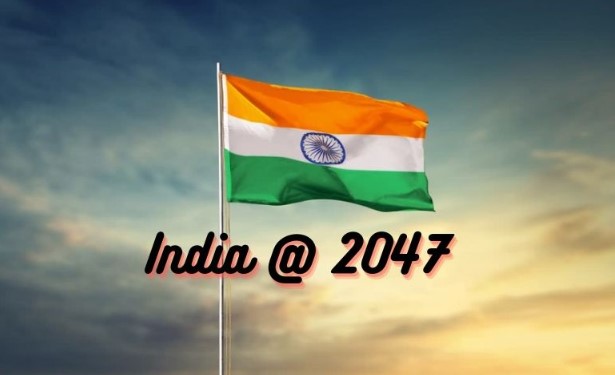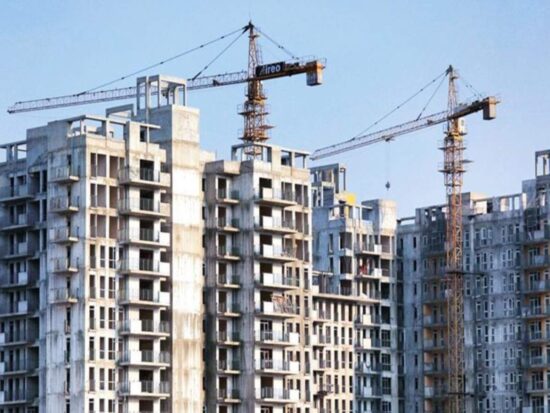
Mission India 2047
- May 10, 2024
- 0
India is drawing up near, medium and long-term goals in line with its target to become a developed economy by 2047, with a focus on electric mobility, digitisation of payments infrastructure and high-speed expressways.
All central ministries will soon firm up plans indicating five year budgetary requirements for better financial management.
Extended producer responsiblities lities for goods such as cars, recycling centres for electronic waste like cell phones, comprehensive soil surveys, measures to raise farm output, holistic skilling of the country’s youth, speedier production from auctioned mines and extensive assessment of Indian geology, and increased manufacturing output with lower emission intensity are some of the other key areas in focus.
The overarching goal of both the short-term as well as medium and long-term plans is to lift the country’s economic growth and boost job creation, keeping in view social progress, environmental sustainability, and good governance.
Some of the measures being identified as part of this plan are likely to be rolled out in the first 100 days of the new government taking charge.
Prime Minister Narendra Modi had rolled out the Viksit Bharat@2047 initiative in December 2023 to make India a developed nation in the 100th independence. The idea behind the exercise is also to have a projection for the spending these measures would entail in the long-term.
Long-term capital expenditure plans, subsidy and production-linked incentive (PLI) disbursals or sops, under any policy will be part of the projection. Intentions to introduce any future sops, or extend applicability of existing ones, also need to be spelt out in advance.
The Niti Aayog has estimated that the Indian economy will swell to $30 trillion by 2047, up from around $4 trillion now.






























































